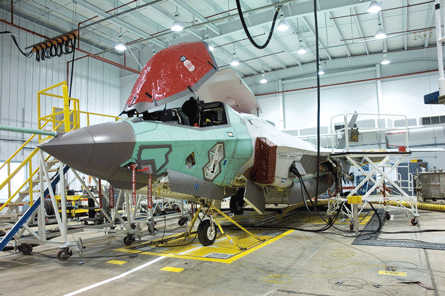Twenty years ago, there would have been no problem in having competing engines for a US fighter. Competition was king and everyone thought they benefited from the "great fighter engine war" between General Electric and Pratt & Whitney to power the Lockheed Martin F-16.
Twenty years on and the US Department of Defense still espouses competition - but only when it is affordable. And the Pentagon does not think it can afford a competition between P&W and GE (this time with Rolls-Royce) to power the F-16's replacement, the Lockheed F-35 Joint Strike Fighter.
Now, the DoD doesn't think it saw the benefits of competing engines that it trumpeted back then. It thinks the cost of developing, producing, operating and supporting two engines is not outweighed by savings in purchase costs, enhancements in performance and improvements in safety brought by competing engines.
Congress has so far overruled the Pentagon and reinstated funding for GE/R-R's F136 alternative to the P&W F135 now powering the F-35. And lawmakers will have to debate doing the same again this year, or finally give in to the DoD.

It should be pointed out that the Pentagon, as the customer, has never held a competition to power the JSF. The last point at which it had a choice of fighters and engines was in 1991, when it picked the Lockheed F-22 and P&W F119.
The DoD left the choice of JSF powerplant to the competing aircraft manufacturers, and Boeing and Lockheed both picked an engine derived from the F-22's F119. So when the Pentagon chose Lockheed's F-35 in 2001, it came packaged with its P&W engine.
Before Congress votes on the future of the F136, it should consider whether this chain of events represents adequate competition in what is the USA's largest defence procurement programme by a long stretch.
Source: Flight International



















